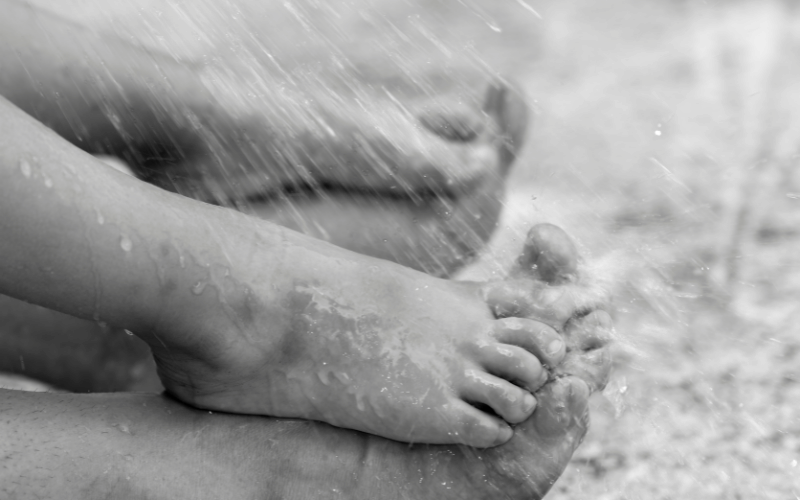7. Plantar Warts in Children vs. Adults: A Comparative Glance

Age plays a peculiar role in many medical conditions, and plantar warts are no exception. Often, children are more prone to these warts than adults. Why, you might ask? Let’s dive into the age dynamics of this condition.
Children, with their active lifestyles, often find themselves in environments conducive to HPV transmission. Be it playgrounds, school gyms, or public swimming pools; their exposure levels are high. Furthermore, their immune systems, while developing, might not be as robust in fending off certain strains of HPV compared to adults.
But it’s not just about exposure and immunity. Children’s skin, especially on their feet, tends to be softer and more susceptible to minor injuries. These small breaches can become entry points for the virus. As a result, it’s not uncommon to find kids, especially in certain age groups, being frequent victims of plantar warts.
Adults, on the other hand, might have had their share of encounters with the virus in their younger days, leading to a certain level of immunity. Their skin, tougher due to age and exposure, might offer better protection against minor injuries. However, adults with weakened immunity or those who frequent damp communal areas might still find themselves battling with plantar warts. (7)